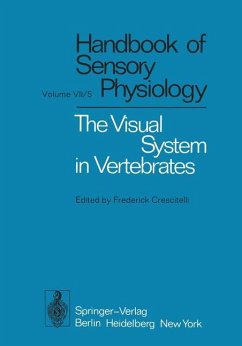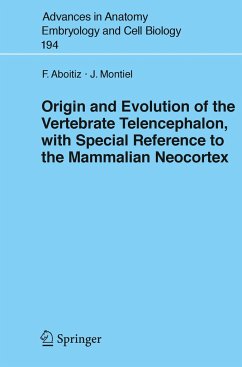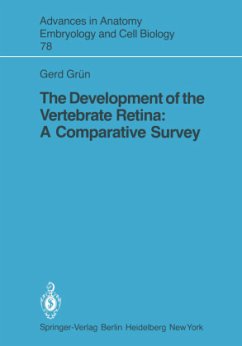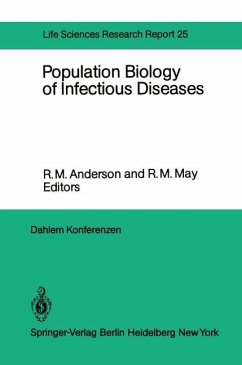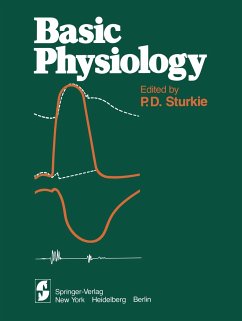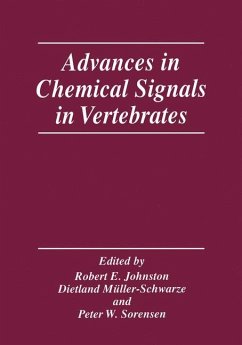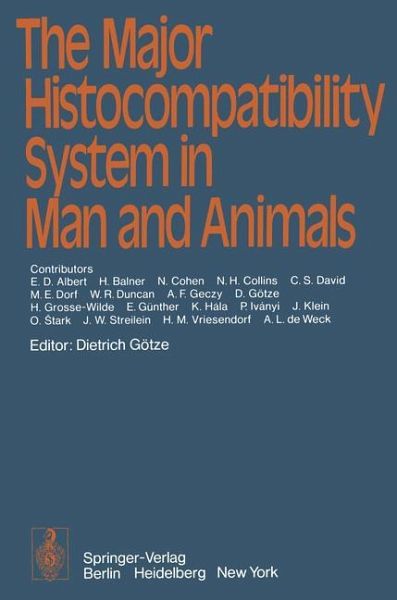
The Major Histocompatibility System in Man and Animals
Versandkostenfrei!
Versandfertig in 1-2 Wochen
77,99 €
inkl. MwSt.

PAYBACK Punkte
39 °P sammeln!
Introductory Remarks The Major Histocompatibility System..- 1 The Major Histocompatibility System in Man..- 1. Introduction.- 2. Serologically Defined Histocompatibility Antigens.- 3. Lymphocyte-Defined Antigens.- 4. Serological Definition of B-Cell-Specific Alloantigens.- 5. Cell-Mediated Cytotoxicity.- 6. Tissue Distribution of HLA Antigens.- 7. Surface Distribution of HLA Antigens.- 8. Biochemistry.- 9. HLA-D Antigen (B-Cell-Specific, HLA-D Locus-Linked Gene Products).- 10. Linked Loci and Mapping of the HLA Region.- 11. HLA and Transplantation.- 12. HLA-Disease Associations.- References.- ...
Introductory Remarks The Major Histocompatibility System..- 1 The Major Histocompatibility System in Man..- 1. Introduction.- 2. Serologically Defined Histocompatibility Antigens.- 3. Lymphocyte-Defined Antigens.- 4. Serological Definition of B-Cell-Specific Alloantigens.- 5. Cell-Mediated Cytotoxicity.- 6. Tissue Distribution of HLA Antigens.- 7. Surface Distribution of HLA Antigens.- 8. Biochemistry.- 9. HLA-D Antigen (B-Cell-Specific, HLA-D Locus-Linked Gene Products).- 10. Linked Loci and Mapping of the HLA Region.- 11. HLA and Transplantation.- 12. HLA-Disease Associations.- References.- 2 The Major Histocompatibility System of Subhuman Primate Species..- 1. Introduction.- 2. RhL-A, MHS of Rhesus Monkeys.- 3. ChL-A, the MHS of Chimpanzees.- 4. Tissue Antigens of Other Subhuman Primates.- 5. Similarities Among Tissue Antigens of Various Primate Species.- References.- 3 The Major Histocompatibility System of the Dog..- 1. Introduction.- 2. DLA Genetics.- 3. Transplantation Biology of DLA.- 4. Minor Histocompatibility Systems.- 5. Concluding Remarks.- References.- 4 The Major Histocompatibility System of Cattle, Pig, Rabbit, and Syrian Hamster.- 4.1 The Major Histocompatibility System of Cattle. P. Iványi.- 4.2 The Major Histocompatibility System of Pig. P. Iványi.- 4.3 The Major Histocompatibility System of Rabbit. P. Iványi.- 4.4 The Major Histocompatibility System of Syrian Hamster. W.R. Duncan, J.W. Streilein, and P. Iványi.- References.- 5 The Major Histocompatibility System of the Guinea Pig..- 1. Introduction.- 2. Serology.- 3. Biochemistry.- 4. Histocompatibility.- 5. Genetic Control of the Immune Response by Gene Products from the MHS.- 6. Genetic Organization.- References.- 6 The Major Histocompatibility System of the Rat (Ag-B or H-1 System)..- 1.Introduction.- 2. Serogenetics of the H-1 System.- 3. Role of the H-l System in Graft Rejection.- 4. Genetic Control of Mixed Lymphocyte Reactivity by the H-1 System.- 5. Graft-Versus-Host Reactivity and the H-l System.- 6. Features of the Immune Response to H-l Antigens.- 7. H-1-Linked Immune Response Genes.- 8. The H-l System and Disease Susceptibility.- 9. Effect of the H-l System on Fetal-Maternal Interactions.- 10. Genetic Structure of the H-1 Chromosome.- 11. Biochemistry of H-l Antigens.- 12. Concluding Remarks.- References.- 7 The Major Histocompatibility System of the Mouse..- 1. Brief History.- 2. Serology.- 3. Tissue Distribution.- 4. Biochemistry.- 5. Histocompatibility.- 6. Immune Response.- 7. Genetic Organization.- 8. Concluding Remarks.- References.- 8 The Major Histocompatibility System of the Chicken..- 1. Introduction.- 2. The B System of the Chicken.- 3. Methods for the Detection of B Antigens.- 4. Definition of B Antigens.- 5. Preparation of Antisera.- 6. Chicken Populations Used for the Study of MHS.- 7. MHS in Other Species of Birds.- 8. Conclusions.- References.- 9 Major and Minor Histocompatibility Systems of Ectothermic Vertebrates..- 1. Introduction.- 2. The MHS and the Phylogeny of Transplantation Immunity.- 3. The MHS and the Phylogeny of Mixed Lymphocyte Reactivities.- 4. The MHS and the Phylogeny of Graft-Versus-Host Reactivities.- 5. Concluding Remarks.- References.- 10 Evolution and Function of the Major Histocompatibility System: Facts and Speculations..- 1. Introduction.- 2. Facts.- 3. Speculations.- 4. Coda: The Temple of God?.- References.




